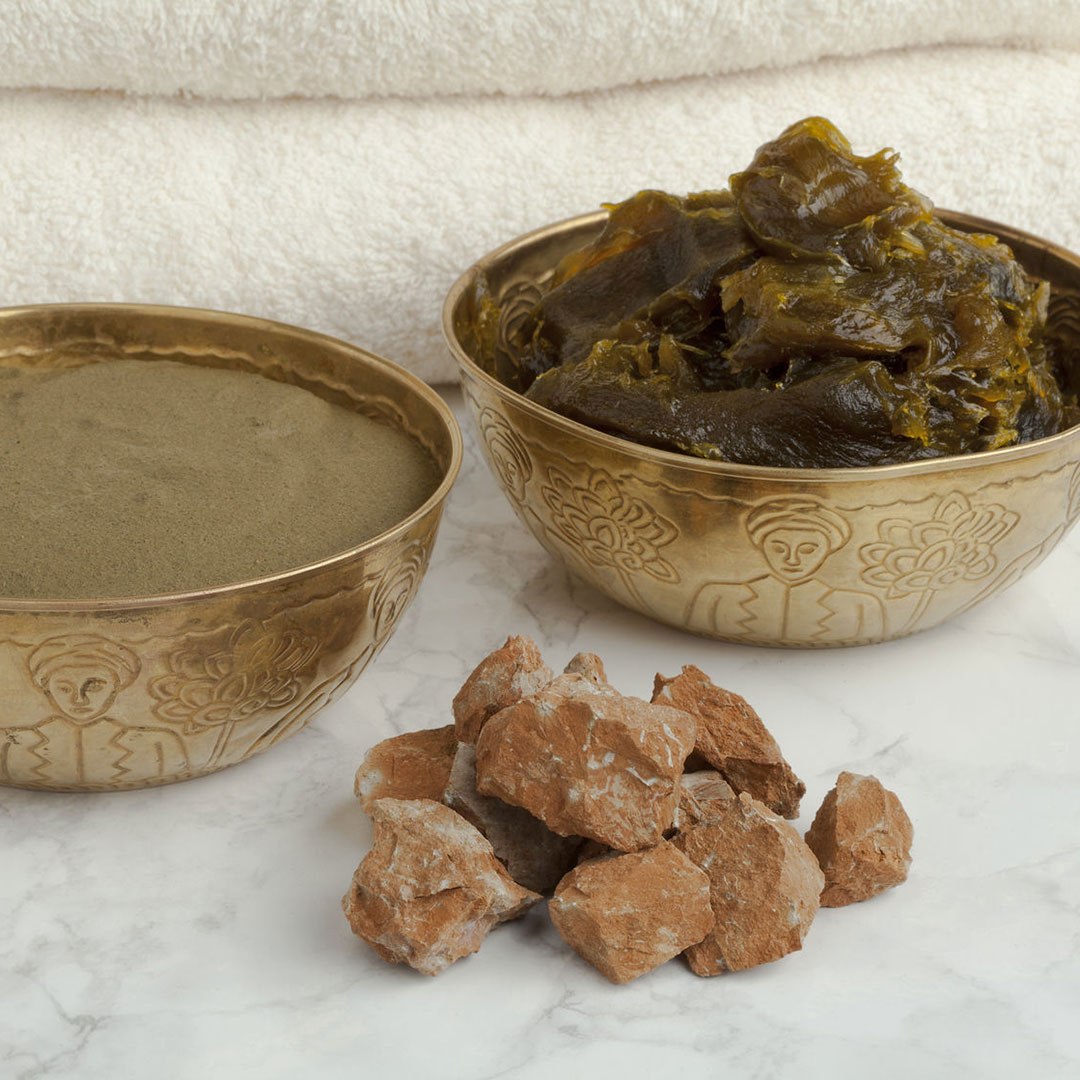Moroccan Baths: Visiting a Hammam Spa
The Moroccan hammam, (or spa) is known worldwide as a luxurious experience, though the exact ritual of the hammam remains a mystery to many. Lost somewhere in billowing clouds of steam, hand-crafted argan soaps, healing clay masks, exfoliating scrubs and intense massages, is the humble purpose of these public baths: to get clean.

You’ll find local hammams in pretty much every city in Morocco. A visit costs about a dollar (10 Moroccan dirhams), with different operating hours for men and women. For the uninitiated, the experience can be a bit confusing. Typically, you’ll navigate four rooms (changing room, cool room, warm room and hot room) in your bathing suit or underwear, first soaping yourself with savon bildi (black soap) in the warm room. Next up is the hot room, where you rinse, scrub, and breathe in the steam, before heading back to the warm room for a final soap-down (and maybe a massage). The final stop is the cool room, where the thing to do is sit for a little while, chat with a friend, and snack on a fresh mandarin or orange.
A note on etiquette: women can sometimes go totally nude (just look around to see if anyone else is stripping down to their birthday suits). Without exception, men are expected to keep their bathing suits on at all times. It might seem strange to keep your bathing suit or underwear on while washing, but this is the norm. You’ll also find that the local hammams can be pretty loud. Keep in mind, for many people, this is the place to go to gossip and share news with friends.
Newsletter Signup
By clicking ‘Sign Up,’ I acknowledge that I have read and agree to Hachette Book Group’s Privacy Policy and Terms of Use
Couples or travelers looking for a quieter experience should prioritize one of the mid-range or high-end hammams found throughout Morocco. For 25 dollars on up (250 Moroccan dirhams) you can have an intimate, relaxing experience as attendants scrub, exfoliate and massage you for an hour. You’ll leave feeling fresh and invigorated—and at the same time, feeling a little like you could plop down for a really good nap.
For the local hammams, you’ll be expected to bring everything, which gives you a good excuse to go shopping for all the Moroccan bath treats you’ll want to take home! The most important are savon bildi and ghassoul (clay). Savon bildi is available in different scents, with eucalyptus, wild mint, orange blossom and argan oil being the most popular. Argan oil, in particular, has numerous benefits: it makes hair shine and reduces inflammation and scarring in the skin. Many men and women use argan oil to help with acne and stretch marks.

What to Bring
- Flipflops or sandals
- A plastic bucket
- A cup (traditionally this would be brass, but any cup will do)
- A towel
- A kis (the scrubbing glove)
- Savon bildi (black soap)
- Ghassoul (clay)
- Shampoo
- Conditioner
- Shower gel or soap bar
- Something to cover your lower half (bathing suit or underwear, though keep in mind they might get stained if you’re going to have henna applied or might get stretched out because of the steam)
- A clean change of clothes
- An orange to eat while you are relaxing in the cooling room before you change into fresh clothes
Whether you dive in for the local hammam experience or opt for one of the trendy, high-end spas, the end result will be the same: you’ll be the cleanest you’ve ever been.
Start planning your adventure
Get inspired and get ready for adventure with the ultimate guide to Europe’s best trips!
Newsletter Signup
By clicking ‘Sign Up,’ I acknowledge that I have read and agree to Hachette Book Group’s Privacy Policy and Terms of Use
What to Read Next…
Pin it for Later








